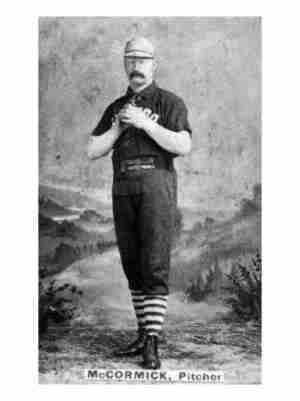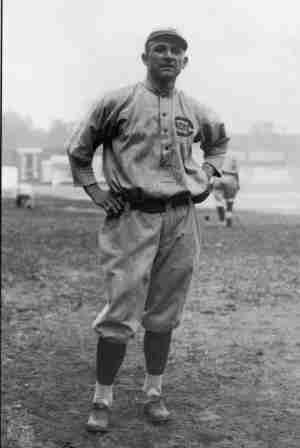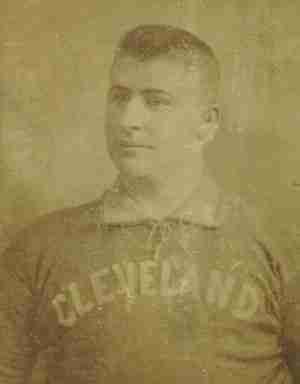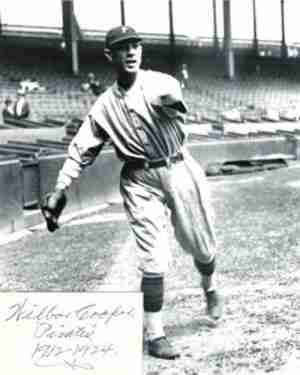Site Admin
7. Jim McCormick
A dominating pitcher for a few seasons in the early 1880s, Jim McCormick was a bruising Scotsman whose underhanded prowess netted him 265 wins in what was a relatively brief career. Of course, he played in a time, when teams essentially rode the same two pitchers. It wasn’t like McCormick could blame his manager in those early seasons; he was the Player/Manager.
66. Heinie Groh
Considered by baseball historians to be the best Third Baseman of the Deadball Era, Heinie Groh quietly won two World Series Rings; one controversially with the Reds in 1919 and another with the Giants in 1922. It was in Cincinnati that Groh had his best seasons, where he twice led the National League in On Base Percentage and was a hit and run machine. He was also considered amongst the best defensive player at his position in his era. This has garnered Heinie Groh a second look from a lot of modern baseball pundits as though his traditional accumulative stats do not reflect a Hall of Fame baseball player, his Sabremetric ones paint a different possibility.
128. Cupid Childs
A slick hitting Second Baseman, who was pretty good on the field too, Cupid Childs was one of the top stars for the Cleveland Spiders and was one of the top leadoff hitters in the 1890’s





